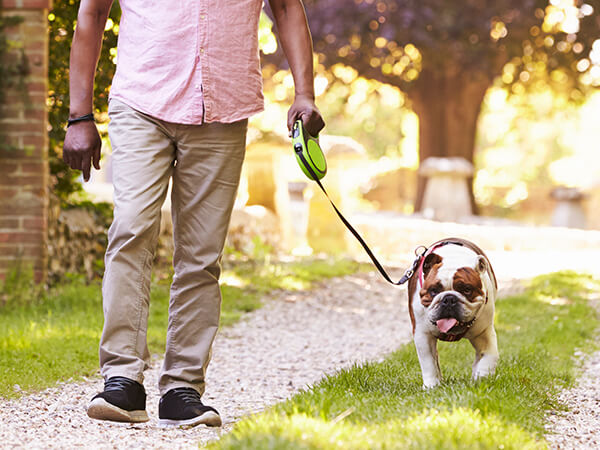09/09/2020
Knee osteoarthritis (OA) is estimated to affect 250 million people worldwide. It can be associated with pain, functional limitations, reduced physical activity levels, and a diminished quality of life. With such a broad reach, physical therapists are often asked about safe forms of exercise to help maintain function and physical activity, while minimizing pain and further damage.
There are many options for exercise:
Non-weight bearing activities such as biking help maintain the motion of the knee while reducing impact to the joint.
Walking is a very accessible form of exercise. It doesn’t require special equipment (except for a good pair of shoes) and can be done just by stepping out of your door. Walking may still be a good choice of exercise for those with knee osteoarthritis, and a recent study may provide some insight in ways to minimize further damage to your joints as you continue your walking program.
Step rate, or cadence, is defined as the number of steps taken per minute. Studies from Heiderscheit et al. and Bonacci et al. that examined step rate in runners determined that increasing the running step rate while maintaining the same or constant speed could reduce the load on knee joints in healthy individuals. Furthermore, increasing the running step rate was found to decrease stress and force around the kneecap in individuals suffering with pain in this region of the knee. A more recent study looked to examine the effect of step rate in walkers and its impact on cartilage damage. Specifically, what walking step rate might worsen cartilage damage in two knee joint compartments in individuals with or at risk of knee osteoarthritis. The findings of this study revealed that both women and men with the lowest step rate had increased risk of cartilage damage worsening two years later compared to those with the highest step rate. In women, this damage occurred around the lateral knee cap and lateral knee joint and in men, this damage occurred around the medial knee joint.
What does all this research mean?
The key takeaway is that less stress seems to be transferred through the knee joints (in both men and women) with a quicker step rate (cadence).
While it may not seem intuitive, this doesn’t necessarily mean that you need to increase your pace when you walk. You should instead try to take more steps per minute and protect your knees by shortening your stride. Here are a few tips to help you make this adjustment:
- Think about landing more towards the mid-portion of your foot rather than your heel when walking, this may help prevent you from what is called “overstriding.”
- Think about your steps landing softer and quieter rather than harder and louder.
- Count your average steps per minute and then listen to music while walking that has a slightly faster beat and walk faster to keep the beat.
- if you are unable to walk without a limp, it may be time to change your routine to a lower impact or non-weight-bearing activity like use of an elliptical, stationary bike or NuStep. These are still good forms of cardio exercise, use the available motion in the knee, and have decreased impact on the knee joint.
Further research is necessary to understand the full influence of step rate on joint biomechanics, but small changes in your walking pattern may help to prolong your ability to perform an activity you enjoy while still protecting your joints.
If you have any specific questions, ask a therapist from our Optimum Stride team, physical therapists who are runners.



